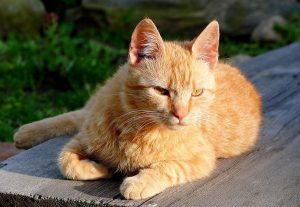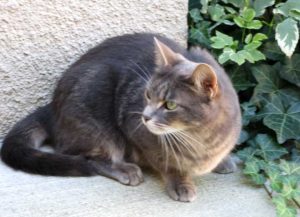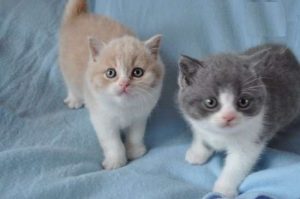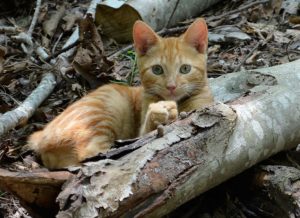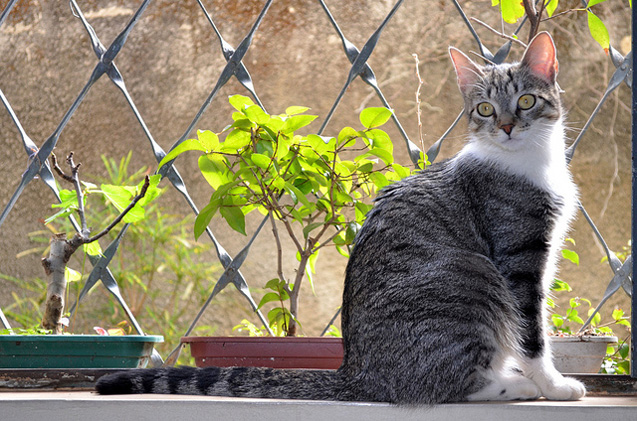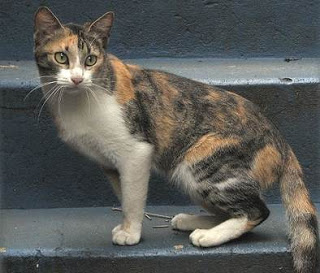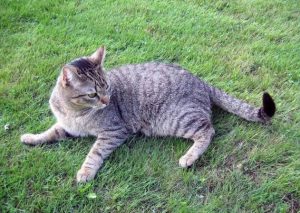Brazilian Shorthair Cat
The Brazilian Shorthair is a breed of strong and adaptable cats that have been roaming feral through the streets and parks of Brazil since centuries until recently it was internationally recognized. Because of their loving nature and cute looks, this breed is gaining popularity in the US and other parts of the world.
Quick Information
Physical Appearance & Size
| Size Category: | Medium |
| Body Type: | Sleek, well-muscled body; slightly curved profile; roundish face; curious, round eyes, pointed and triangular ears, and long whiskers |
| Tail Type: | Long; broad at the base and tapered at the tip |
Colors & Patterns
| Coat Type: | Short, Brushy, Flat-lying, Glossy, Silky |
| Colors/Patterns: | All colors and patterns; Black, White, Gray, Brown, Chocolate, Fawn are standard |
| Tail Type: | Long; broad at the base and tapered at the tip |
Other Characteristics
| Life Expectancy (Lifespan): | 14-20 years |
| Weight: | Male: 10 – 18 pounds; Female: 8 – 16 pounds |
| Height: | Medium |
| Characteristics/Qualities: | Loving, intelligent, social, active, interactive, curious |
| Lap Cat: | No |
| Shedding: | Very less |
| Good with Children: | Yes |
| Good with Pets (Other Cats): | Yes |
| Vocalization/Noises: | Very less |
| Hypoallergenic: | No |
| Attention Seeker: | Yes |
| Countries of Origin: | Brazil |
| Availability: | Common |
| Competitive Registration/Qualification Information: | WCF |
History and Development
It was around 1500 AD that the Portuguese imported the Iberian Peninsula cats to Brazil for guarding their foods against local rats. It is these felines that served as the founding stock of the modern day Brazilian Shorthair breed.
Since then, for several centuries, these cats moved around the streets, parks, and gardens of Brazil without much attention or endeavor from anyone to domesticate them. It took almost 500 years for the Brazilian Shorthair to develop from a feral Brazilian street cat to a domesticated breed.
In the 1980s, Paulo Samuel Ruschi, a Brazilian engineer (who was also the founder of the first Brazilian Cat Federation, as well as Rio de Janeiro’s first cat club) decided to study the genetics and morphology of this feral breed.
Accordingly, the NYC-based breeder found several commissions for studying this feral cat. He continued with his research work for several years, along with other traditional breeders, and finally, created several new litters by selective breeding.
In 1998, the world’s largest cat federation WCF (World Cat Federation) recognized it as an independent breed. By this time, a few more generations of these cats passed rapidly (which is common with cats), and the efforts of Ruschi proved to be successful, making the Brazilian Shorthair the only purebred cat from Brazil.
Temperament and Personality
- Loves socializing, staying with and around humans
- Possesses a very playful and active nature, especially as kittens
- Loves attention of the loved ones
- Easygoing with other pets, including dogs
- Do not call frequently, but are rather quiet-natured
- Has an inquisitive demeanor and loves strolling in different places
- Has a sweet and affectionate nature, and are equally good with both adults and kids (especially those over six years)
Who is the Highlander Cat Good For
- Those who are in search of a cat that loves snuggling up with its owner in the couch or on bed
- Those who have enough time in hand to spend for their pets
- Families with children and other pets, or even who are single
Care
They are adaptable cats, and their single coat does not need much attention, except a light brushing. Use a soft-bristle comb to brush its coat for a couple of times every week.
Their past has made them hardy and adaptable, and they are relatively much stronger than many other breeds. No breed-specific conditions have yet been reported.
Are they Easy to Train
Training these cats is easy since they are brilliant. You might even want to teach your cat a few tricks which they would pick up readily.
Diet/Feeding
Since they are active by nature, opt for high-quality premium brand cat kibbles that are high in energy and protein.

